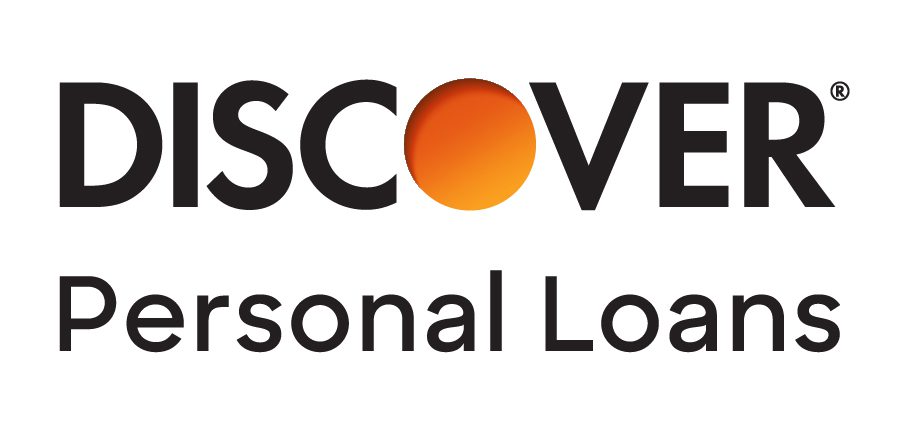Taking out a loan is a big deal. It can be expensive, and unless you pay off your loan early, you could be stuck with debt for years. How you answer the questions below might help guide you to the financing option that makes the most sense for you.
How much money do I need?
Personal loans and home equity loans come as a lump sum. If you run out of money, you can’t borrow again. HELOCs and credit cards are revolving, meaning you can borrow over and over again (up to your credit limit).
You can find a wide range of loan amounts with all three options, and how much you’ll qualify for depends on your credit score, equity and other related factors. Here are some general guidelines.
- I have a medium to large project: You can get more money and a longer repayment term with a home improvement loan or equity-based loan or line of credit.
- I have a small to medium project: A credit card that you can pay off quickly could be more convenient and faster to pay off.
When do I need this financing?
Some home improvement projects can wait. Others require immediate attention so you can mitigate further damage.
Use the below funding timelines as a touchstone, but know that timelines can vary. For instance, adding a co-borrower can entice a lender to approve you. However, an application that includes two people usually takes longer to underwrite than one.
- I need something fixed ASAP: Look for home improvement lenders that fund the same or next day. Also, many credit cards offer instant approval —but to get the card right away, you need to request rush delivery.
- I can wait a few weeks or longer: Equity-based loans and lines of credit may secure you lower rates if you have time for the required home appraisal.
What can I qualify for?
Some loans are easier to get than others. Still, the worse your credit, the higher your interest rates will be. Also, your credit score is only one piece of the approval puzzle. Lenders will also review your DTI ratio, payment history and more.
- I’m working on my credit: You could qualify for a home improvement loan with a 300 credit score, but many lenders require at least 580.
- I have at least good credit: You could qualify for an equity-based loan, line of credit or credit card with a score of at least 620, but some require 660 to 680.
What fees am I willing to pay?
Equity-based loans are often the cheapest when it comes to interest rates. In contrast, home improvement loan rates tend to be lower than credit cards if you have a score of at least 720. All three options can come with fees.
- I’m okay with paying some fees if the loan has a lower rate: Both home equity loans and HELOCs usually come with closing costs that equal 2.00% to 5.00% of the amount you borrow. Plus, HELOCs can have an annual fee, a fee each time you borrow and inactivity charges.
- I’m looking to avoid as many fees as possible: Some (but not all) home improvement loans come with origination fees. These usually range between 1.00% and 10.00% (sometimes higher). Some credit cards can have an annual fee, which averages between $94 to $157, according to the Consumer Protection Financial Bureau (CFPB).
How much risk am I willing to take?
Borrowing money always comes with some risk. Your credit score will take a hit (likely, a dramatic one) if you make late payments or default. Late payments aside, here are some specific risk-related considerations to keep in mind.
- I prefer to play it safe, even if that means higher rates: Since they don’t use your house as collateral, home improvement loans and credit cards might be what you’re looking for. Although your credit score will take a dive if you don’t pay, you won’t be out of house and home.
- I’m willing to take a risk for a cheaper loan: You will lose your home to foreclosure if you don’t pay your home equity loan or HELOC. But because you’re taking some of the risk away from the lender, rates are lower on equity-based loans.



















